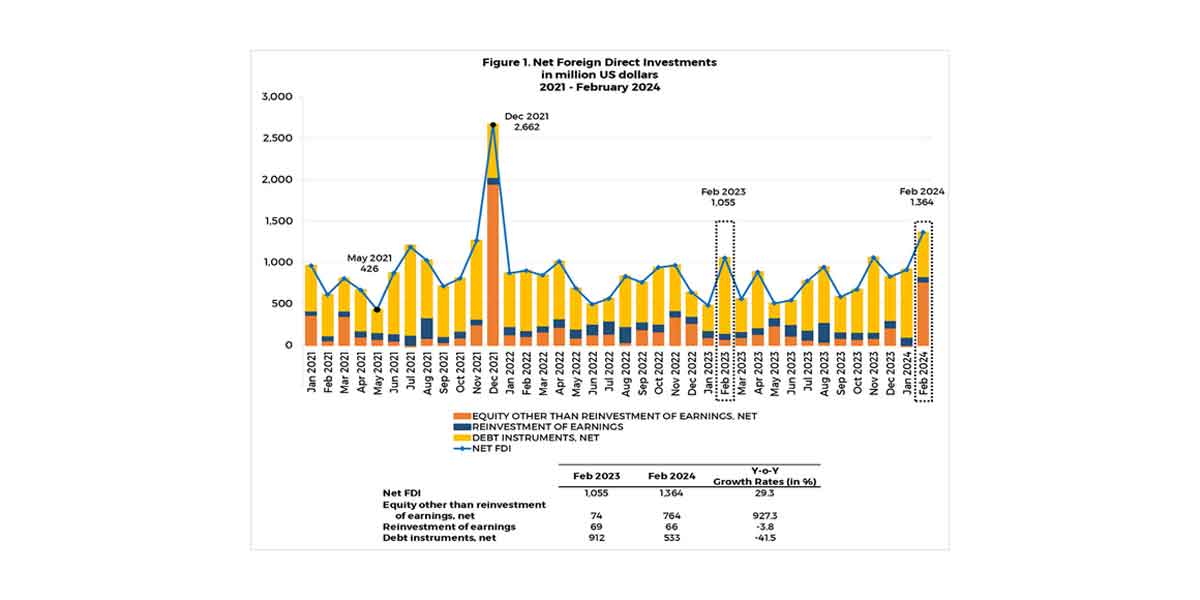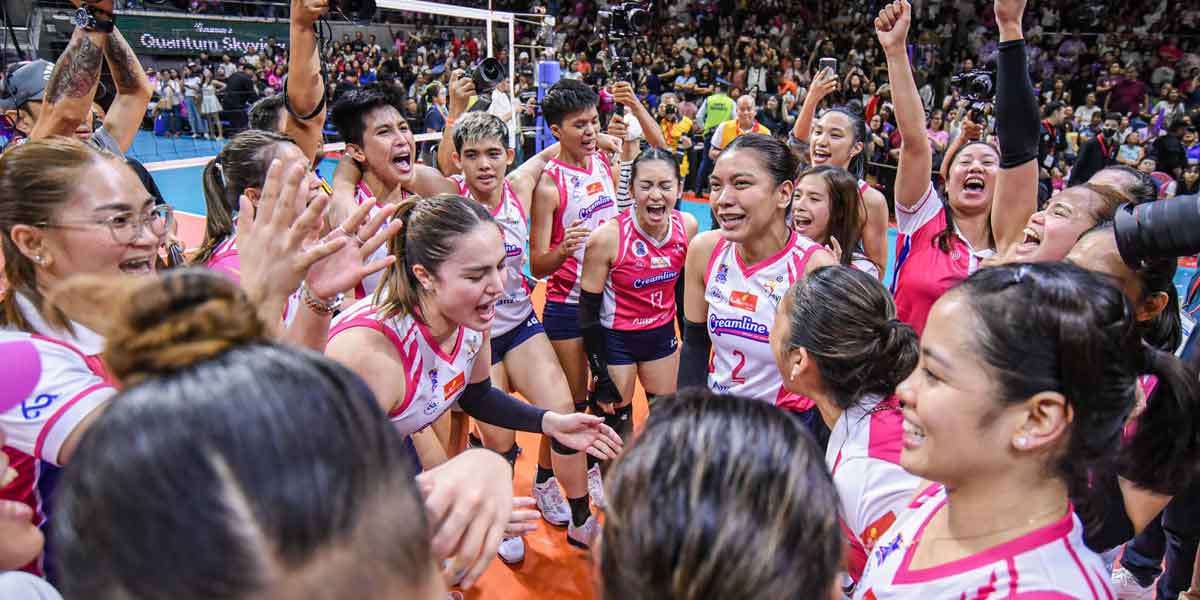By Herman M. Lagon
THE TRADITIONAL school system has long stood as a monolith of education. Yet, the tides are changing. We find ourselves at the cusp of a paradigm shift, where the science of learning begins to outshine the age-old structures of schooling. This evolution beckons a more nuanced, learner-centered approach that caters to the individual rather than the masses.
At its core, learning is a personalized journey. It is the delicate art of tailoring one’s educational experience to fit one’s unique mold, much like a craftsman shaping ‘parols’ for the festive season. This personal agency fosters a more profound engagement, as learners are drawn to subjects by intrinsic interest rather than compulsion, propelling motivation and ensuring a more profound and lasting retention of knowledge.
Learning also champions self-directedness, a trait inherent to Filipinos as resilience in adversity. Learners who take the helm of their educational ship cultivate a sense of ownership over their intellectual growth. This autonomy is the bedrock upon which critical thinking and problem-solving skills are honed—skills indispensable in today’s world’s fluid and dynamic landscapes.
The journey of learning does not cease with the ringing of the school bell. It is lifelong, echoing the Filipino spirit of ‘lifelong bayanihan’—a continuous communal effort in self and community betterment. It is a testament to the fact that education is not confined to temporal or spatial limits; it is a constant companion through the ebb and flow of life’s changing seasons.
A holistic understanding is what learning endeavors to cultivate. It is about connecting the dots across different knowledge domains, much like the ‘jeepney’ routes that traverse the complex urban city streets. This integrated approach equips learners with the ability to apply their knowledge in diverse and real-world contexts, fostering a deeper comprehension of the intricate issues that define our times.
Critical thinking is a cornerstone of the learning process. It encourages learners to delve beneath the surface, to question, and to challenge. In the Philippine context, where social narratives are rich and multifarious, developing informed opinions through critical analysis is more than an academic exercise—it is a civic duty for social justice.
Practical application is the crucible in which theoretical knowledge is tested and tempered. The science of learning places a premium on applying concepts and transforming passive knowledge into active skill sets. This hands-on approach resonates deeply within our culture, where ‘kamay at isip’—hands and mind—are seen as inseparable tools for crafting one’s destiny.
Flexible learning environments underscore the adaptability of the learner. Our diverse geography and cultural landscape demand educational settings as varied as its islands. From digital classrooms to the traditional ‘bahay kubo’, learning can thrive in settings that reflect the learner’s context and preferences.
Intrinsic motivation is the wind beneath the learner’s wings. When pursuing knowledge is fueled by genuine interest and passion, learning transcends the transactional nature of grades and certifications. It becomes an endeavor as natural and necessary as breathing, driven by the innate human desire to understand and master.
Mastery, not just passing grades, is the ultimate goal of learning. It is about depth, not just breadth; substance, not just form; understanding, not just memorizing. The emphasis on mastery over mere performance is a call to cultivate ‘aral at galing’—learning and excellence—in every learner.
While traditional schooling has its place, the superiority of learning lies in its ability to adapt, personalize, and deeply root education in the fertile ground of curiosity and relevance. As we navigate these uncertain times, let us not confuse the pause in schooling with a halt in education. The Filipino learner’s resilient and ever-vigilant spirit assures us that learning, unlike schooling, does not bow to pandemics nor pause for uncertainties. It is continuous, relentless, and boundless.
***
Doc H fondly describes himself as a ‘student of and for life’ who, like many others, aspires to a life-giving and why-driven world that is grounded in social justice and the pursuit of happiness. His views herewith do not necessarily reflect those of the institutions he is employed or connected with.




















